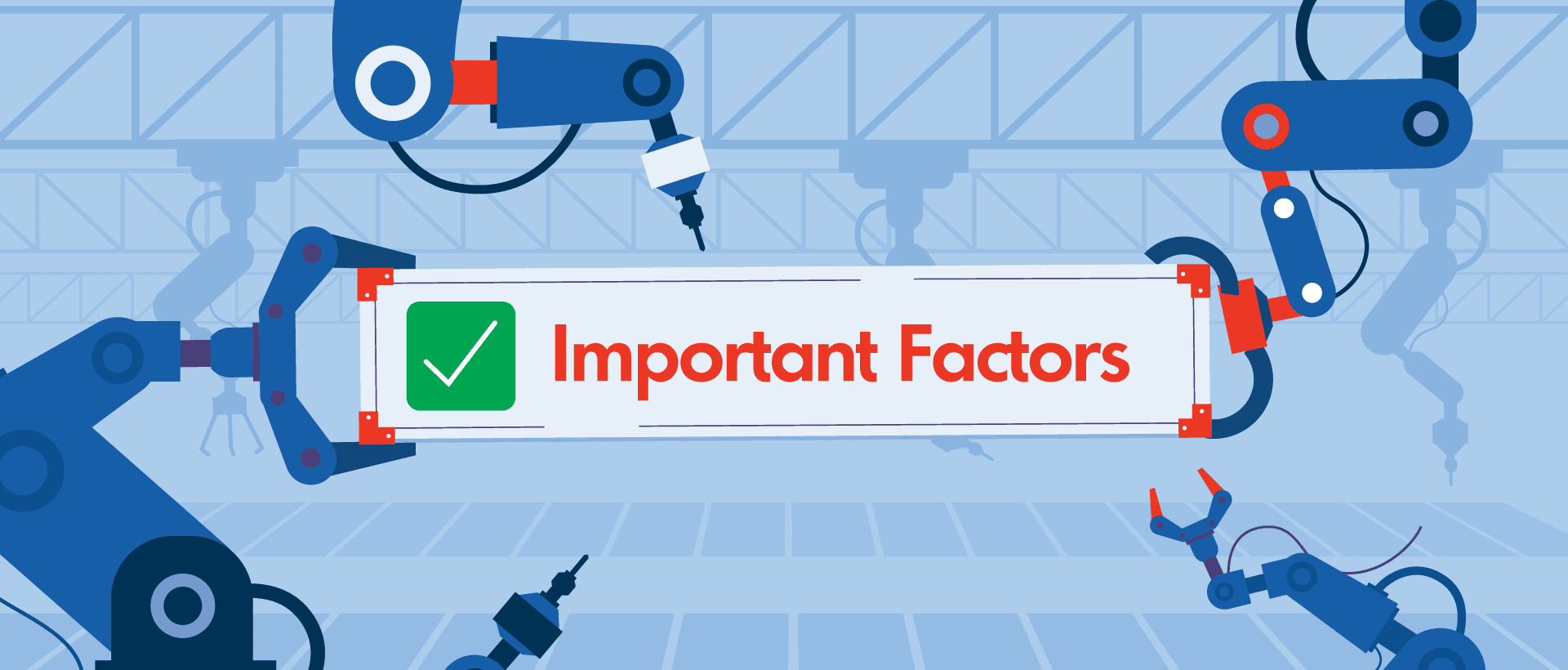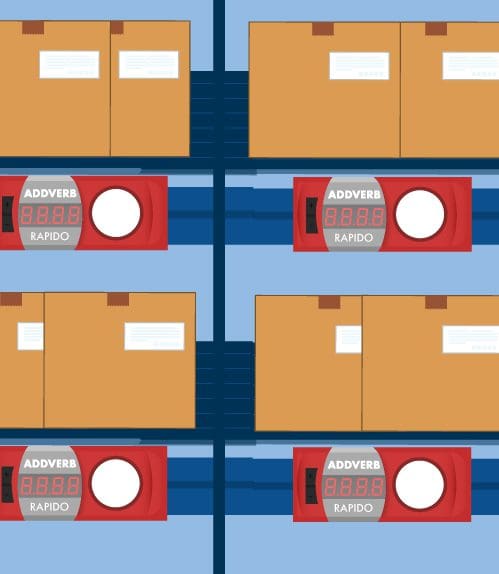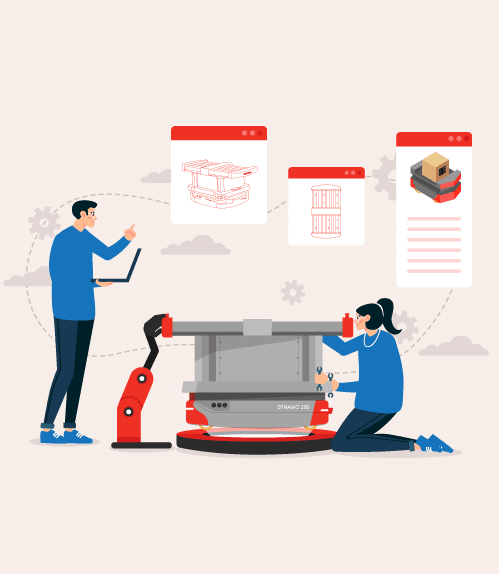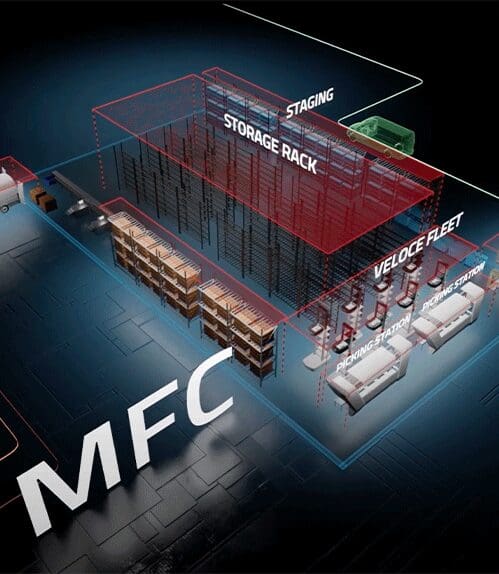Have you ever wondered what drove the adoption of Goods-to-Person automation solutions in warehouses? For decades, warehouses relied on Person-to-Goods solutions to meet their supply chain requirements. However, with the growth of e-commerce and changes in market dynamics, Material Handling Robots are gaining popularity as the solution for today’s demands.
While Goods-to-Person picking solutions have recently gained traction, their concept dates back decades. Nevertheless, advancements in technology and software have enhanced their efficiency and productivity.
Importance of Implementing Material Handling Robots for Automation
On one hand, companies are exploring options like Material handling robots and shuttle robots to increase throughput with the increasing number of SKUs. On the other hand, companies with a low number of SKUs but high-volume storage requirements are also opting for Goods-to-Person automation.
So, let’s understand what are some of the situations that make you think of giving serious consideration for Goods-to-Person automation:
- Does your warehouse require significantly higher picking throughputs than through manual picking methods?
- Do you plan to utilise the vertical space of your warehouse and get an additional storage area?
- Does your warehouse host a huge number of SKUs with high velocities?
- Is your inventory prone to external circumstances and hence require special safety?
- Recently, it has been found that 87% of the theft occurs in warehouses and freight yards. Does your warehouse also report increased pilferage?
- Are you facing increased picking travel and reduced throughputs?
- Do you require complete accuracy in your retrieval and storage operations?
- Do you require an ergonomic way for the movements in your warehouse?
The Perspective of Goods-to-Person Automation: Process Automation
As per Fact.MR’s analysis, the worldwide material handling robots’ market is projected to achieve a value of $5,542.0 million in 2023 and is anticipated to advance at a compound annual growth rate (CAGR) of 8.6% to attain $12,646.3 million by the conclusion of 2033.
Goods-to-Person automation should be seen from the lens of process automation, as there is no single solution that can solve your problem in its entirety. Hence, a plug-and-play approach to combine the solutions which suit best to your operation will result in the successful deployment of automation. There is rarely a single G2P solution that suits every distribution centre and its SKU storage demands.
Depending on the operation, pickers in many G2P environments can achieve 500-plus lines per hour (LPH). This is comparatively much higher than what is achieved in a P2G environment. Inventory profiling through ABC classification of goods is one of the prerequisites before deciding to go with P2G or G2P automation.
The Future of Goods-to-Person Automation with Addverb
Companies like Kiva, Dematic, Swisslog, GreyOrange, and Autostore are working towards introducing innovative technologies to deal with the rapid and accurate throughput for a growing number of SKUs and low-volume orders. Addverb as a global robotics company has evolved to disrupt the Goods-to-Person automation sphere providing process automation to your current operating facility.
Its wide range of portfolios includes shuttle robots , material handling robots, and mobile robots which enable end-to-end G2P automation in your warehouse system. Right now, 3PLs are increasingly looking at G2P automation capabilities, but it may take a few more years for them to completely go with G2P.
So, after breaking the pallets, the individual cartons have to be stored efficiently and have to be retrieved quickly for order packing. Hence, quick throughputs for the material handling are important. To achieve the same, the carton shuttle system and other material handling robots were invented as a mini-form of the Pallet Shuttle.
The Way Forward
In a world marked by evolving logistics demands and technological innovation, the adoption of Goods-to-Person automation, along with material handling robots, is proving to be a game-changer for warehouses.
As we move forward, it’s evident that the future of automation, as demonstrated by companies like Addverb, holds the promise of increased efficiency, reduced errors, and optimised throughput. By carefully assessing your unique operational needs, you can harness the power of automation to stay ahead in this dynamic landscape.








